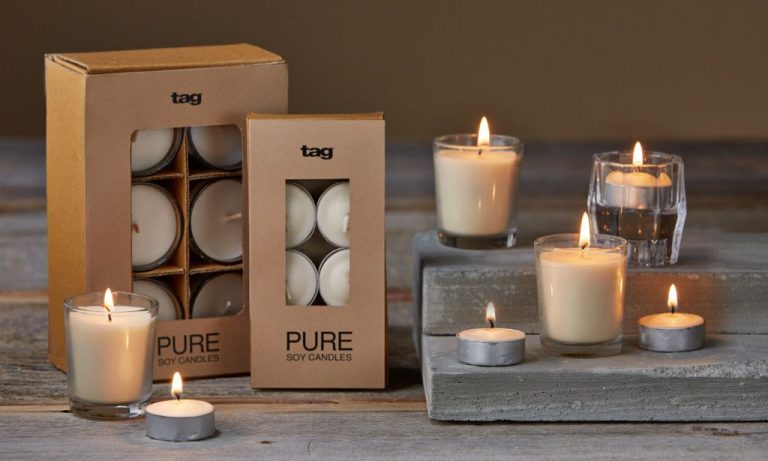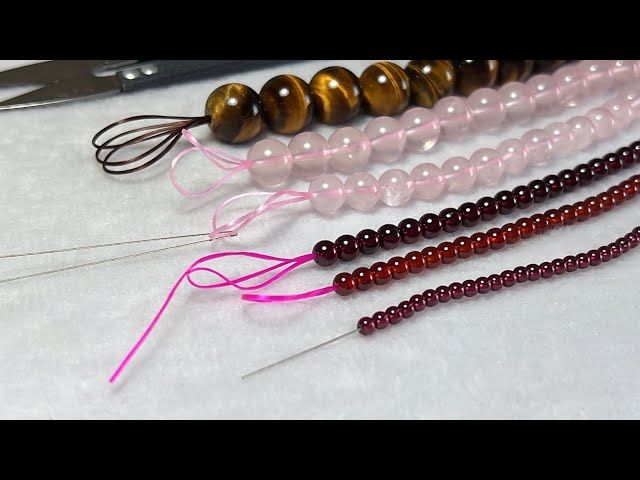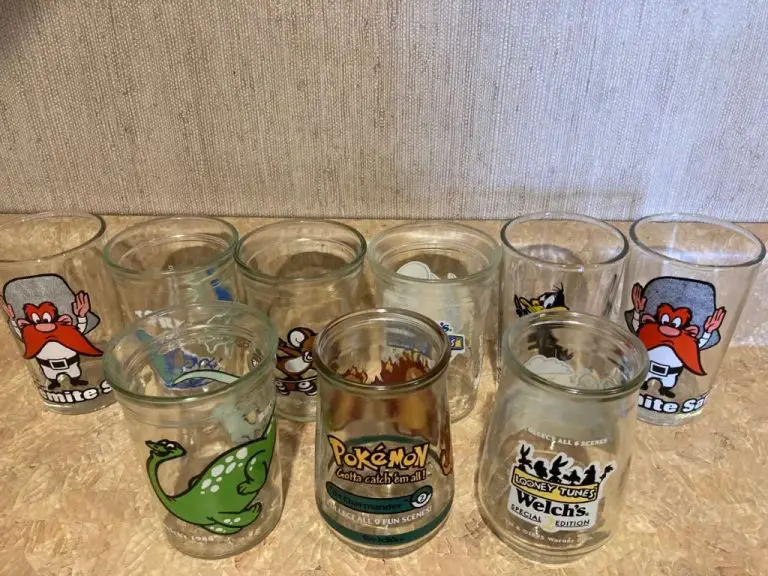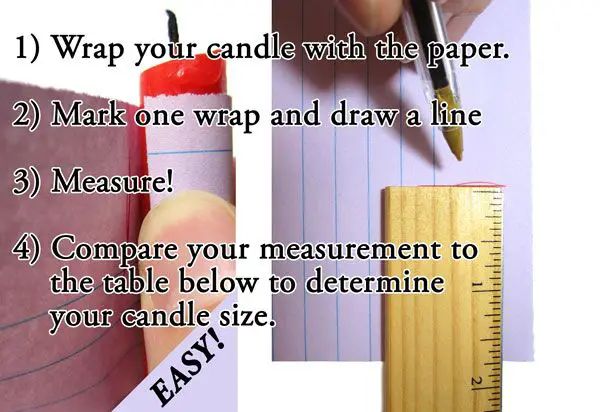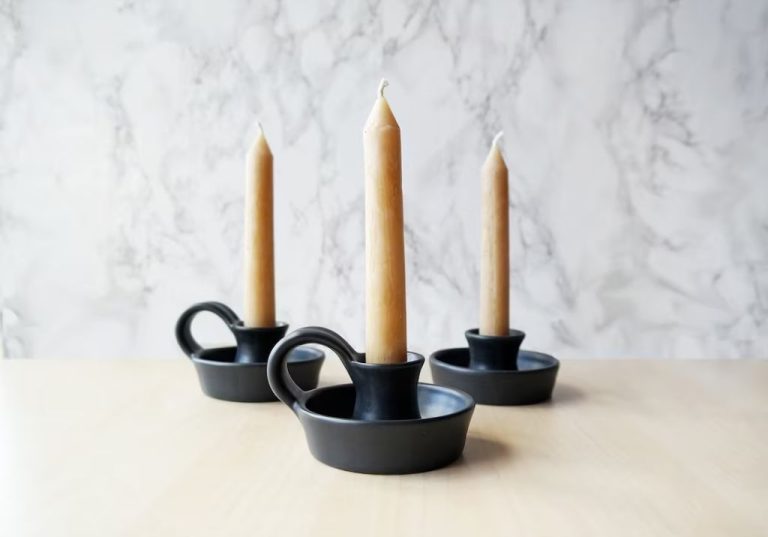What Does Straight Sided Jar Mean?
A straight sided jar is a jar or container with vertical sides rather than tapered or curved sides. The sides are perfectly vertical from the base to the opening of the jar. This gives the jar a cylindrical shape with flat ends on the top and bottom.
Straight sided jars are defined by their rigid, upright sides that do not slope or angle in. This differs from other jars that may have an outward flare at the opening or a tapered shape from base to mouth. The straight silhouette is the distinguishing feature of this jar style.
In summary, a straight sided jar has completely straight, upright sides from bottom to top. This cylindrical design provides a unique container shape and storage functionality compared to tapered or curved jars.
History
The origin of straight sided jars can be traced back to the early 1800s when glass blowing and molding techniques allowed glass makers to create the first mass-produced containers. According to the FOHBC Virtual Museum, one of the earliest straight sided jar designs was the Mason’s Patent jar developed by John L. Mason in 1858. Mason designed a molded jar with straight, vertical sides that sealed with a ground glass lid and rubber gasket. This new jar design was easier to produce than earlier free-blown glass jars with irregular shapes. Mason’s patent jar quickly became popular for canning and food storage. Other glass companies soon copied and produced their own versions of straight sided jars.
By the early 1900s, brands like Ball and Kerr had emerged as leading makers of mason jars and other straight sided glass jars and containers. According to The History Oasis, straight sided jar designs were common for products like pharmacy bottles and early Coca-Cola bottles. Over time, canning jar and bottle manufacturing advanced to allow mass production of straight sided glass containers in an array of sizes and applications.
Uses
Straight sided jars have many common uses and applications. They are frequently used for canning and preserving food products like jams, pickles, sauces, and condiments. The straight sides and wide mouth of the jars make it easy to get food products in and out. The rigid shape also makes the jars ideal for stacking and storage. Straight sided jars are also often used for non-food items like beauty products, bath salts, candles, hardware items like nails or screws, and even for displaying collectibles. Their versatile shape makes them suitable for storing and displaying all kinds of items. Many crafters and DIYers use straight sided jars for projects like vases, utensil holders, organizational containers, snow globes, and more. With the variety of sizes available, straight sided jars can be used creatively for many different purposes.
Sizes
Straight sided jars come in a variety of standard sizes, typically ranging from 1 ounce to 32 ounces. Some of the most common sizes available include 9 oz, 12 oz, 16 oz, 24 oz, and 32 oz. The size refers to the total capacity of the jar.
Smaller sizes like 1-4 ounces are popular for sauces, jams, and other condiments. Larger sizes are often used for bath products, nut butters, protein powders, and other bulk items. The 9 oz and 12 oz sizes are versatile options that work for many applications.
The jars are measured by their total capacity, but the actual fill capacity may be a bit less to leave headspace for the lid. So a 16 oz straight sided jar may only be filled to 14-15 ounces before capping.
The jar size along with the mouth opening and neck finish determine what types of lids and closures can be used. Common lid types include continuous thread, lug, and snap-on plastic caps.
Materials
Straight sided jars are most commonly made from glass, plastic, or metal. PET Plastic Straight Sided Jars| Bulk are common plastic materials that provide durability, gloss, clarity and impact resistance. Glass is another popular material that provides transparency and an elegant look, though it is more fragile than plastic.
Metal straight sided jars, such as aluminum or steel, are durable and able to withstand high temperatures. However, they do not allow visibility of contents. Each material has its tradeoffs between visual appeal, durability, cost, and other factors that impact the appropriate uses.
Manufacturing
Straight sided jars are manufactured using glassblowing and molding techniques. The process starts by heating silica sand along with soda ash, limestone and other ingredients to extremely high temperatures in a furnace to create molten glass (https://www.fillmorecontainer.com/containers/straight-sided-jars.html).
The molten glass is gathered onto a blowpipe and rolled on a marver to form it into a cylinder shape. It is then blown into a mold to form the desired jar shape and size. The jars are annealed in a special oven to relieve internal stresses that occur during manufacturing (https://www.containerandpackaging.com/catalog/glass-containers/glass-jars/straight-sided-glass-jars).
After annealing, the jars are inspected, packaged and shipped to food producers, cosmetic companies, and other industrial users. Automated processes are often used for mass production, but specialized hand blown techniques can also create these jars (https://www.generalbottle.com/straight-sided-jars-347.html).
Advantages
Straight sided glass jars have numerous advantages compared to other types of jars. According to FHPKG, glass jars provide sturdy storage and are much stronger than plastic or cardboard alternatives. They also have an elegant, high-end aesthetic for packaging food or other products. Additionally, glass jars allow for full visibility of contents unlike metal cans or opaque packaging.
One of the biggest benefits of straight sided glass jars is their versatility. As Fillmore Container notes, their clear, straight design makes them practical for many uses from food canning to cosmetics to retail display. The straight sides also maximize internal space and allow for clean, professional labeling. Compared to jars with curves or irregular shapes, straight sided jars simplify packing, stacking, and transporting. They make an ideal option for makers, crafters, and entrepreneurs selling homemade products.
Overall, straight sided glass jars provide strength, visibility, versatility, and aesthetics unmatched by other types of containers. Their practicality and presentation make them a top choice for a wide variety of needs.
Disadvantages
Even though straight sided jars offer benefits like maximizing storage space, they also have some drawbacks compared to other jar shapes. According to this source, glass jars in general can be prone to breakage and have higher transportation costs than plastic containers. The rigid straight sides and lack of a curved shoulder may make straight sided jars more susceptible to cracking or shattering if dropped. This fragility is a commonly cited downside to glass packaging.
The flat sides also mean straight sided jars can’t be nested inside each other for storage as efficiently as a tapered or rounded jar shape. So they may take up more shelf space when not in use. The straight sides also leave empty “dead space” between the jar walls and contents that can potentially allow more air exposure. This air gap is minimized with curved jar shapes that follow the profile of the contents more closely.
Trends
Straight sided glass jars have been growing in popularity in recent years, especially in the food and beverage industry. According to this report, the global market for straight sided glass jars is expected to reach $11.46 billion by 2032, growing at a CAGR of 5%. The trend towards sustainability and eco-friendly packaging is driving much of this growth.
Glass jars are seen as a sustainable alternative to plastic packaging, as glass is infinitely recyclable. Consumers are also increasingly looking for products in glass jars for perceived health benefits and high-quality associations with glass packaging. The straight-sided design provides a clean, minimalist look favored by many food and beverage brands.
In the future, industry experts predict steady growth for straight sided glass jars, especially in the organic, specialty foods, sauces, dressings, and condiments markets. Advances in glass manufacturing and jar design innovations will also contribute to growth. The outlook for straight sided glass jars remains strong as brands continue to adopt more sustainable, premium packaging.
Summary
Straight sided jars are cylindrical glass jars with vertical sides. They have been used for centuries to store and transport foods, medicines, chemicals, and other products. Key points about straight sided jars include:
- They come in a wide range of standard sizes from 1 oz to 1 gallon.
- Most have screw lids but some use clamp lids. Lids provide an airtight seal.
- Made from glass that can be clear, colored, or coated. Durable and impermeable.
- Commonly used for canning, packaging industrial products, cosmetics, and more.
- Provide a traditional look and versatile glass container option.
- Durable but heavier than plastic containers. Can break if dropped.
- Increased automation has made them quicker and cheaper to produce in high volumes.
- Remain a staple commercial glass jar with steady demand expected.
In summary, the simple and versatile straight sided glass jar has proven its enduring usefulness for safely containing and preserving a wide variety of products through many generations.

